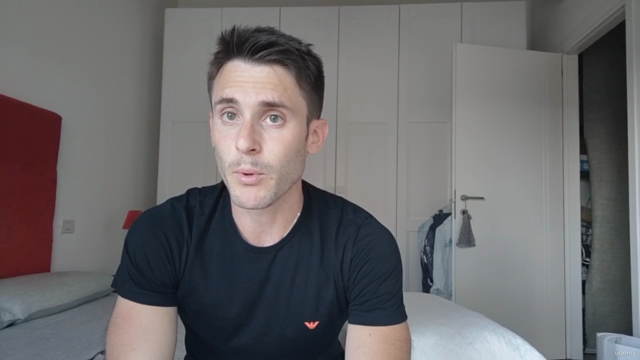Master Variational Calculus & Advanced Mathematical Methods

Why take this course?
📚 Course Information:
Course Title: Advanced Calculus, Tensors, and Transforms in Physics and Engineering
Course Description:
This course is designed to deepen your understanding of advanced mathematical methods as they apply to physics and engineering. It is suited for students with a solid mathematical background who wish to master calculus, tensors, and transforms. The course will cover theoretical concepts alongside practical applications through in-depth lectures, step-by-step problem-solving sessions, examples, and case studies.
Prerequisites:
- A strong grasp of undergraduate-level calculus, linear algebra, and differential equations.
Key Topics Covered:
-
Detailed Focus on Key Concepts:
- Derivation of Einstein's field equations
- Poisson brackets
- Maupertuis principle
-
Mathematical Tools and Techniques:
- Advanced calculus
- Tensors: Manipulation and application in different contexts
- Fourier transforms and their applications in signal processing, quantum mechanics, etc.
-
Physics Applications:
- Some examples and case studies from physics courses taught by the instructor
-
Problem-Solving and Examples:
- Geodesics on surfaces of revolution
- Solutions to practical problems in various fields such as geodesics, Fourier transform applications, etc.
Who Should Enroll:
- Advanced undergraduate and graduate students in mathematics, physics, and engineering
- Professionals and researchers seeking to deepen their understanding of advanced mathematical methods
- Any individual with a strong mathematical background interested in these topics
Course Features:
- In-depth lectures covering theoretical concepts and some practical applications
- Problem-solving sessions to solidify your understanding
- Examples and case studies demonstrating the application of mathematical techniques
- Question posing to test your knowledge and track your progress
Additional Information:
Part of the material in this course serves as supplementary content for other physics courses taught by the instructor. Some of these physics courses offer a "self-contained" approach, but this course is designed to provide additional depth and understanding of the mathematical tools used in those courses.
Note: This description suggests that the course material overlaps with content from other physics courses offered by the same instructor. If you are looking for a comprehensive understanding of these advanced mathematical concepts as they apply to real-world problems, this is the appropriate course for you. It also indicates that the course content is supplementary but not limited to it, offering a broader scope of application and depth of knowledge than what might be found in the more specialized physics courses alone.
Recommended References:
- Principle of Continuum Mechanics - Nigel J.Hill (for the tensor and calculus concepts are derived from classical texts, modern literature, and the instructor's own research and notes over many years of teaching introductory physics.M. E.Joseph: Thermal Physics by Eugene Salisbury (Volumes I-II)(Quantum Field Theory and the Standard ModelS. Hawking and G. F. R. Larson's Laws of GravitationVarious scholarly articles and research papers by Prof. E. Fermi, A. Sen (Amsterdam Lectures), etc.S. Chandrasekhar: Mathematical Theory of Black Holes, 1938A collection of problems from various physics textbooks used for undergraduate and graduate courses in Mathematical Physics, Differential Geometry, etc., adapted and selected problems to enhance understanding of the material.
Note: The instructor's own teachings and research, as well as contemporary publications in the field, also informed the course content. Students are encouraged to consult original texts for a comprehensive understanding.**
This course is an advanced-level academic program that will challenge you and expand your knowledge of applied mathematics within the context of physics and engineering. Enroll if you are prepared to engage with complex mathematical concepts and integrate them into solving practical problems across disciplines.
Course Gallery




Loading charts...